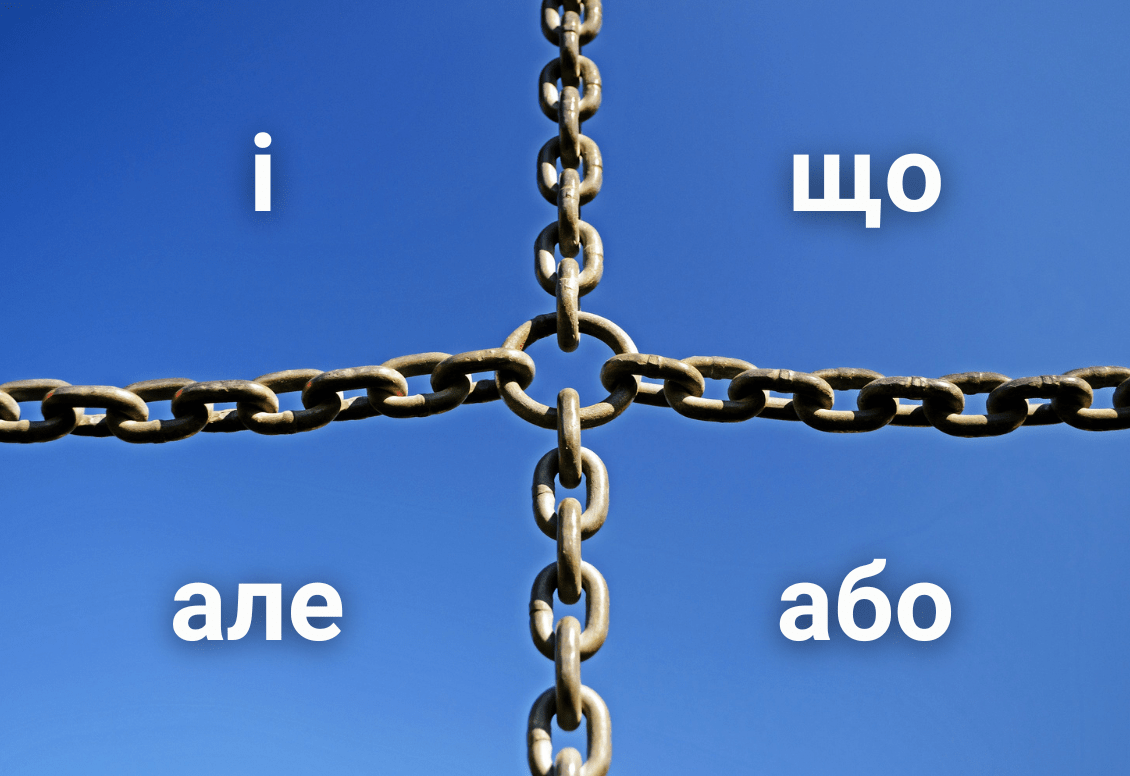Verbs of motion in Ukrainian can be very confusing. Іти, ходити чи їхати?
At Ukrainian Lessons, we want to make learning the Ukrainian process easy and fun. That is why we have prepared these comprehensive simple pictures that will help you to understand the verbs of motion in Ukrainian.
Verbs of motion in Ukrainian describe movement (like to go, to fly, to swim) and include nuances that classify them into two types:
- Unidirectional verbs (дієслова спрямованого руху) describe linear actions which are often directed toward a specific goal: іти, їхати, бігти, летіти, etc.
- Multidirectional verbs (дієслова неспрямованого руху) describe non-linear actions which are either habitual or regularly repeated: ходити, їздити, бігати, літати, etc.
You can also check the Ukrainian lessons Podcast episode #59, where we put the verbs of motion in Ukrainian in context and offer you some practice!
Difference Between Unidirectional and Multidirectional Verbs
Understanding the difference between unidirectional and multidirectional verbs is crucial for Ukrainian learners. To grasp the nuances better, explore explanations with examples in context and common markers that often serve as helpful hints.
|
Дієслова спрямованого руху (Unidirectional Verbs) ➡️
|
Дієслова неспрямованого руху (Multidirectional Verbs) 🔄
|
- linear action
- often directed toward a specific goal
Я йду в школу (I am going to school).
Сьогодні ми йдемо в парк з друзями (Today, we are going to the park with friends).
Він ішов у магазин пʼятнадцять хвилин (He was going to a shop for 15 minutes). |
- non-linear action
- habitual or regularly repeated
Я ходжу в школу №5 (I go to school №5).
Ми ходимо в парк щовечора (We go to the park every evening).
Раніше він ходив у магазин двічі на тиждень (He used to go to a shop twice a week). |
|
Common Markers
|
- зараз (now)
- завтра (tomorrow)
- наступного тижня/місяця/року (next week/month/year)
- скоро, незабаром (soon)
|
- кожного дня/тижня/місяця/року (every day/week/month/year)
- щопонеділка/щовівторка/щотижня (every Monday/every Tuesday/every week, etc.)
- завжди (always)
- зазвичай (usually)
- часто (often)
- деколи, інколи (sometimes)
- рідко (rarely)
- ніколи (never)
- регулярно (regularly)
- постійно (constantly)
|
Difference between ІТИ and ЇХАТИ in Ukrainian
Before diving into the various verbs of motion, their differences, and conjugations, let’s address a common question among Ukrainian learners: How do you say “to go” in Ukrainian?
In Ukrainian, there are two basic equivalents for the English verb “to go”:
| іти = йти*, ходити (to go on foot) |
їхати, їздити (to go by transport) |
- Я йду в школу. – I am going to school (on foot).
- Вона ходила у магазин щосуботи. – She used to go to the store every Saturday (on foot).
|
- Я їду в школу. – I am going to school (by transport).
- Вона їздила у магазин щосуботи. – She used to go to the shop every Saturday (by transport).
|
| * There are two euphonic variants: іти and йти. Use the first one after consonants and the second one after vowels. |
So, we use ІТИ to talk about the motion we’ve done without using any transportation. ЇХАТИ is used for any action done by the transportation (in many cases we don’t specify the means of transport).
Master the Ukrainian names of common means of transportation with our pictures and audio!
Verbs of Motion in Ukrainian: Examples and Conjugations
Let’s learn more verbs of motion in Ukrainian and their conjugation in the present tense!
ІТИ (ЙТИ) vs. ХОДИТИ


ЇХАТИ vs. ЇЗДИТИ


БІГТИ vs. БІГАТИ


ЛЕТІТИ vs. ЛІТАТИ


ПЛИВТИ vs. ПЛАВАТИ


***
Make sure to practice the verbs of motion in Ukrainian when you speak or write, that is the only way to become fluent in using them.
Try it right now – write a couple of sentences using those verbs!
Want to learn more about Ukrainian verbs? Check out our book 500+ Ukrainian Verbs to find numerous verb couples, their full conjugations, examples in context with common cases and prepositions, and a detailed grammar guide with more intricacies of Ukrainian verbs!






















